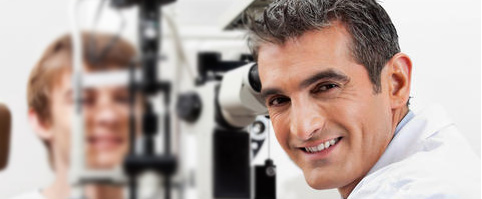
BLADELESS FEMTOSECOND LASIK SURGERY
As we all know that LASIK is the procedure with which we eliminate one’s dependency on glasses, spectacles or contact lenses by correcting it. People from various walks of life like Business Professional’s, Candidates from Army, Merchant Navy and Airforce, Models, to be brides and grooms choose LASIK for their better future Vision. But over the years, Lasik has come long way and now with better awareness more and more individuals are choosing to get FREEDOM FROM GLASSES. Over the last 2 decades LASIK surgery has provided safe and effective solution to help people get rid of glasses.
Till few years back, LASIK Surgery was done using Microkeratome. Though microkeratome assisted LASIK has been safe and has been quiet effective in helping patients get rid of glasses, the new era FEMTOSECOND LASER provides numerous advantages over the traditional microkeratome LASIK.
The best part of FEMTOSECOND laser is that it is completely BLADEFREE. There is no blade used during the time of surgery. It is fast, reliable and very safe to undergo LASIK with BLADEFREE FEMTOSECOND technology. The best part about the surgery is that being a completely LASIK guided procedure; there are negligible chances of having any flap related complications. The recovery after FEMTOSECOND LASIK is very quick. Most of the patients can resume the normal activities in just a couple of days after surgery.
Benefits of Blade free Femto LASIK
1. It is a complete Blade free Procedure
2. It is the most advanced technology available today
3. It provides more precise and predictable surgery
4. It provides easy hassle free lifestyle with clear vision and enhances self confidence
5. It is customized procedure suiting each individual
At Mumbai Eye Care, we have been performing LASIK surgery right from our inception. We have the latest technology in terms of the best machines available. A strict preoperative check up protocol helps us screen those who are not suitable for LASIK and avoid any complications. We have had a track record of 100% success rate in terms of complete safety and 0% infection rate after LASIK surgery. We believe in patient safety first. Hence our patients would receive only a fresh Microkeratome only. There is no reuse of any material used in the surgery.
FAQ's


